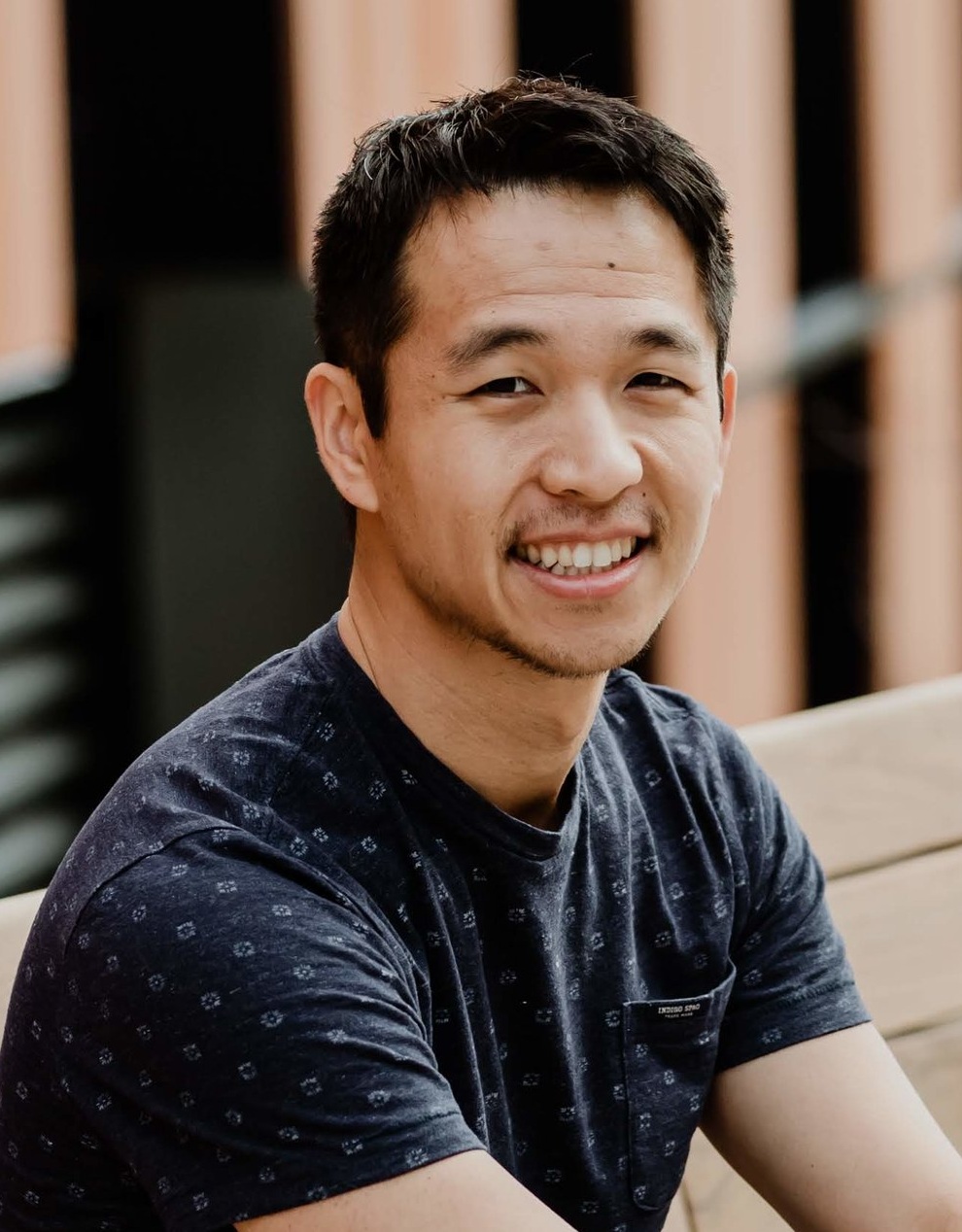Edward Jay Wang, PhD
Researcher / Educator/ Entrepreneur
Assistant Professor UCSD ECE & Design Lab
CEO & Founder Billion Labs Inc.
CTO & Founder Motion Minder Inc.
TEDxSJI: What if we can live in a world where we can track our health like the way we do with the weather?
Research Talk: The Next Billion Medical Devices
I am a Tenure Track Faculty at UCSD’s Electrical and Computer Engineering department and the Design Lab as an Assistant Professor. I am the PI of the UCSD Digital Health Technologies Lab. I am affiliated with the CSE department, Center for Wireless and Population Health Systems (CWPHS), Center for Wearable Systems (CWS), and serve as a Board of Director for the Center for Mental Health Technology (MHTech). I am also the Founder of two digital health companies born out of technologies developed in my academic laboratory: Billion Labs Inc. and Motion Minder Inc.
My research focuses on developing new sensing techniques for monitoring a person's health more continuously, conveniently, and cheaply with a goal of ultimately bringing clinical sensing out of the clinic. I am actively creating new solutions in health monitoring with my expertise in mobile and embedded system prototyping, signal processing, machine learning, and a strong command of medical knowledge. I've transformed smartphones into medical devices without any hardware add-ons to screen for anemia and measure blood pressure; developed novel wearable devices that continuously track blood pressure and user context; and explored new ways to charge wearable devices right through the body. The next generation of medical sensing needs to leave the confines of labs and clinics to be truly usable by everyone. This has to start at even the earliest prototypes, something I strive for in all of my work. Towards this goal, I have tested technologies in patient rooms, performed in-the-wild studies where users take our prototypes home, and even partnered with various NGOs to perform true user testing in places like the Peruvian jungle.
The work in my group is made possible by generous funding from the National Institute of Health, National Science Foundation, and Google.
Contact me at: ejaywang {at} ucsd {dot} edu












